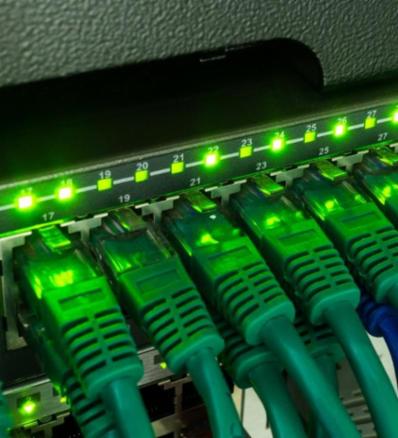0 Comments
Suggested Videos
There are few things more disastrous than losing a device that has not been backed up (except losing an unencrypted device that has not been backed up). Here is how I resolved the problem of backing up USB devices in a HIPAA environment.
Natural disasters, technical faults, human error—these are just a few factors that leave your IT systems vulnerable to failure. To ensure incidents like these don’t catch you off guard or put your team offline, emergency planning is a must.






